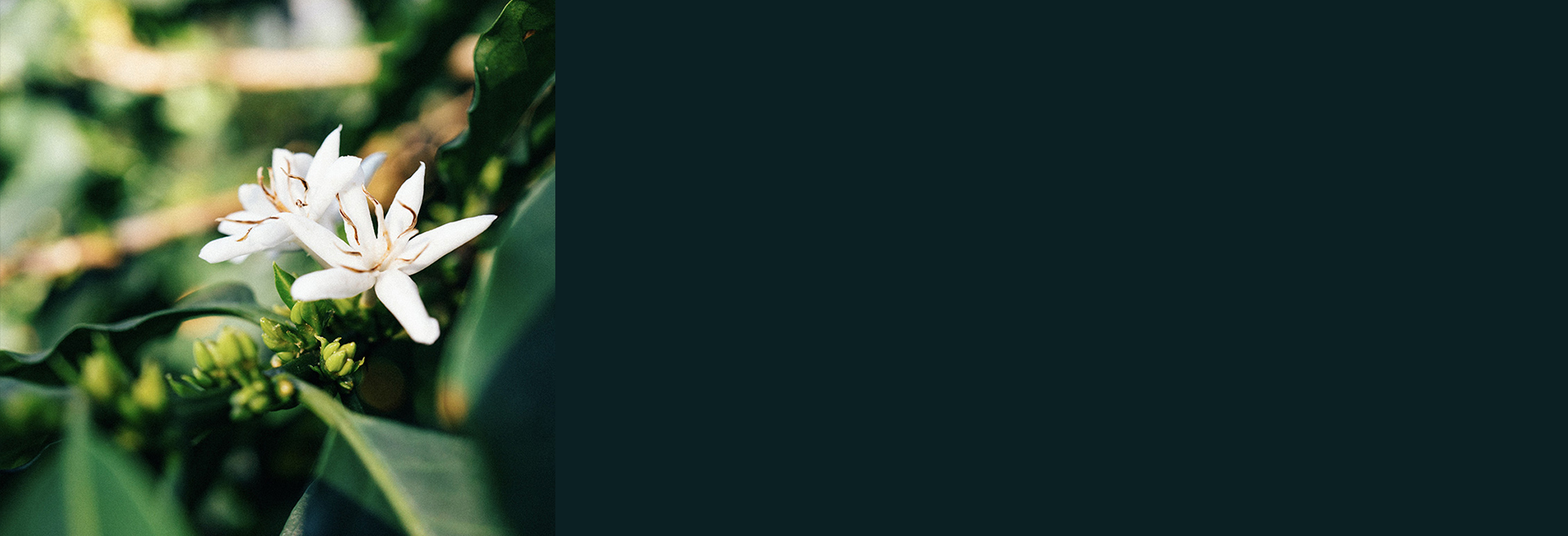Kenya
Karimikui, AA Lot
Terroir Best Lot
QUALITY SCORE: 89.50
Cup Notes
Blackcurrant / Lime / Grapefruit / Peach / Almond / Butter
Suggested for espresso and filter
when we roast
We freshly roast to order all coffees on Monday, Wednesday and Friday (excluding national holidays), and ship the same day! Cut-off time is 11:59pm (UTC+1) of the day before the roast day. *We only ship whole beans*
Details
- Quality Score
- 89.50
- Series
- Terroir Best Lot
- Producer
- Several small farmers
- Country
- Kenya
- Terroir
- Kirinyaga
- Altitude
- 1700-1900 masl
- Process
- Kenya Washed - Raised Beds
- Arabica cultivar
- SL28 & SL34
- Picked in
- Nov.-Dec. 2021
- Arrived in
- September 2022
- Shipped in
- Cardboard box + Vacuum pack
- Roast profile by
- Rubens Gardelli
- Roasted on
- Customised solid-drum roaster
Suggested brewing recipe
There are two recipes: one for conical brewer (think V60) and one for flat-bottom brewer (think Kalita), however you can surely brew our coffees with any other brewing device, such as immersion brewers.
Please remember that these recipes are intended as starting points and may require further adjustments if the equipment you use is not identical to the one in the recipe; the characteristics of water used can also make a big difference in brewing.
Finally, the recipes suited specifically to Rubens’ roasting style, hence we do not guarantee that they will work as a universal reference.
Have fun brewing!
- Coffee:
- 17g
- Grind:
- Comandante 22 clicks (medium)
- Water:
- 250g (40 tds) at 90°C
- Time:
- 2:30
- Brew strenght:
- Coffee:
- 17g
- Grind:
- Comandante 19 clicks (medium)
- Water:
- 250g (40 tds) at 90°C
- Time:
- 2:40
THE STORY BEHIND
Karimikui is one of the factories that we remember from the early days of specialty. At that time Nyeri was more famous for quality coffees than Kirinyaga, but this trend has changed significantly the past few years.
The Karimikui factory is located in Ngairiama in the Gichugu division of Kirinyaga district, Central Province. It is one of three factories, along with Kiangoi and Kii, which make up the Rungeto Farmers Coop Society.
This coop was established in 1953 and now has around 3507 members. Each smallholder member has around a hectare of land for growing coffee alongside vegetables for their families.
The area has rich and fertile red volcanic soil at altitudes of 1700 to 1900 metres above sea level and receives between 1600 and 1900mm of rainfall annually.
THE VARIETY
SL28 was bred by Scott Laboratories in 1931 from Tanganyika D.R. It has become very popular throughout Kenya and is recognised as a variety of exceptional cup quality. It has wide leaves with coppery tips, and the beans are wide. At the same time, the productivity of SL28 is comparatively low. Though there is no sufficient proof, some sources claim that Scott Labs crossed mutations of French Mission, Mocha and Yemen Typica to produce SL 28. Whatever the exact genetic composition, their original goal almost certainly was to create a plant with high quality, reasonable productivity and great drought resistance.
SL 34 is a mutation of French Mission, originating from the plantation of Loresho in Kabete. SL34 has wide leaves with bronzy tips. It is widely grown throughout Kenya. SL34 is valued for its high productivity in different climate conditions and great height ranges. It is also claimed to be able to withstand drought and strong rainfall.
THE FERMENTATION PROCESS
The coffee is handpicked by the smallholder members and delivered to the Karimikui factory where it is pulped. This initially separates the dense beans from the immature ‘mbuni’s (floaters) using water floatation which means the denser beans will sink and be sent through channels to the fermentation tank. This first stage of fermentation will last for around 24 hours, after which the beans are washed and sent to the secondary fermentation tank for another 12-24 hours.
Once the fermentation process is completed, the beans enter the washing channels where floaters are separated further, and the dense beans are cleaned of mucilage.
The washed beans will then enter soaking tanks where they can sit under clean water for as long as another 24 hours. This soaking process allows amino acids and proteins in the cellular structure of each bean to develop which results in higher levels of acidity and complex fruit flavours in the cup - it is thought that this process of soaking contributes to the flavour profiles that Kenyan coffees are so famed for. The beans are then transferred to the initial drying tables where they are laid in a thin layer to allow around 50% of the moisture to be quickly removed.
This first stage of drying can last around 6 hours before the beans are gathered and laid in thicker layers for the remaining 5-10 days of the drying period. The dry parchment coffee is then delivered to a private mill and put into ‘bodegas’ to rest – these are raised cells made of chicken wire which allows the coffee to breathe fully.



